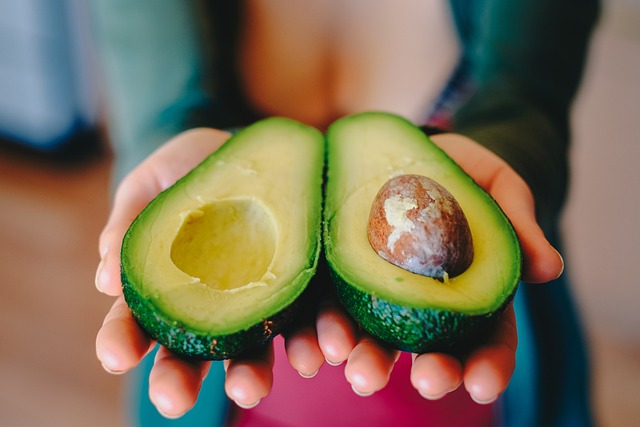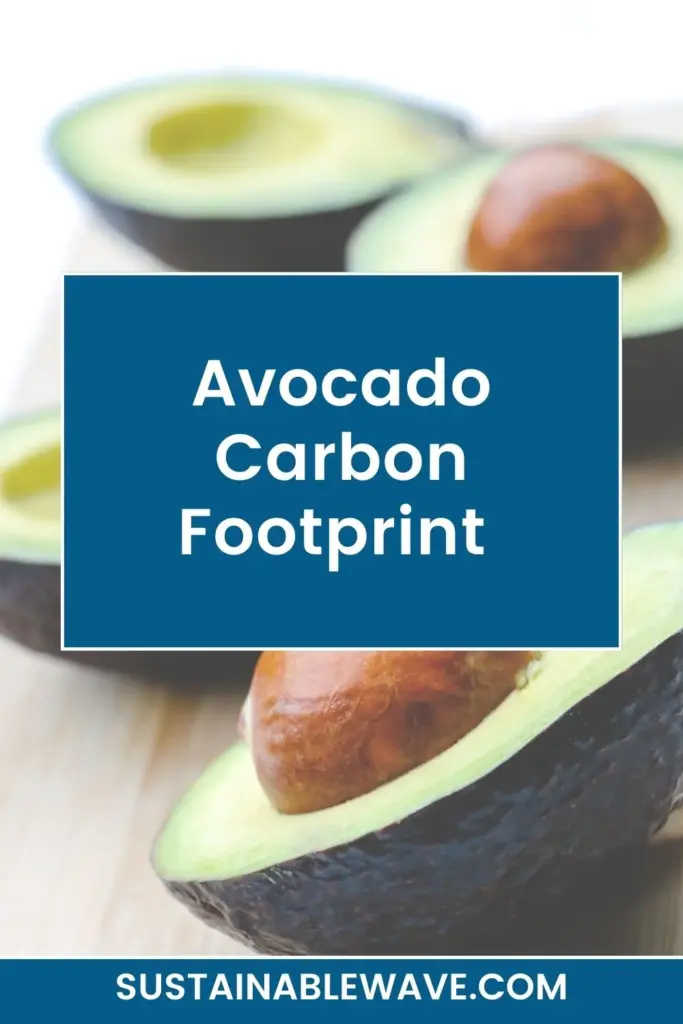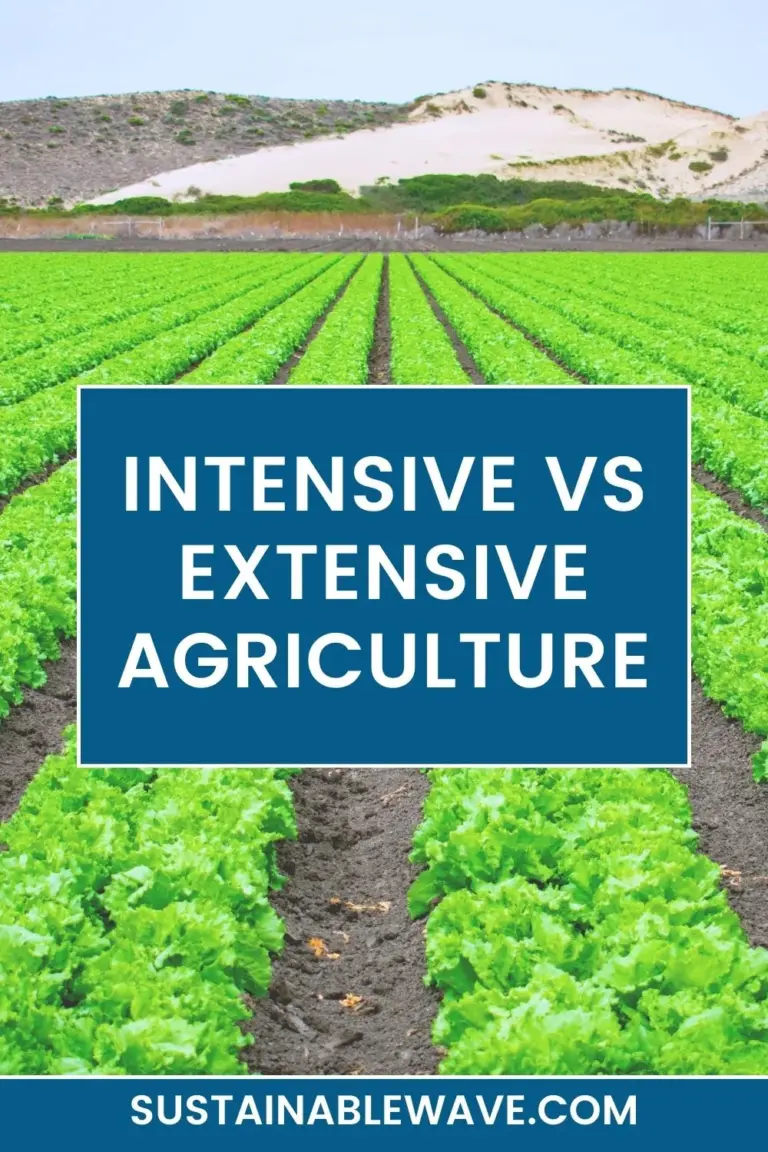If you’re a foodie, health enthusiast, or enjoy guacamole, avocados have probably found a place in your heart and your meals. But have you ever pondered over the journey of this creamy delight from a distant farm to your kitchen counter?
In the US market, each avocado consumes around 272 liters of water during cultivation. Transporting these avocados from Mexico to the US generates about 2 kg CO2e per kg, contributing significantly to the overall carbon footprint of avocados.
This comprehensive guide delves into the intriguing and often surprising world of the avocado carbon footprint.
Avocado Carbon Footprint – All You Need To Know

Avocados, the creamy fruit indigenous to Central and South America, is more than just a delicious addition to our diets. They have a far-reaching environmental impact.
The cultivation, transportation, and consumption of avocados all contribute to their carbon footprint.
The growing demand for this fruit worldwide has led to the need to scrutinize the sustainability of our avocado consumption.
the Origins Of Avocado Production
Avocado production is a global enterprise, with a reach spanning continents. Mexico, renowned as the world’s avocado powerhouse, single-handedly accounts for approximately 34% of global avocado production. In fact, the Mexican state of Michoacán is dubbed the “Avocado Capital of the World,” boasting a staggering 150,000 hectares dedicated solely to avocado cultivation.
Beyond Mexico, other noteworthy contributors to the global avocado supply include the Dominican Republic, responsible for roughly 13% of the global yield, and Peru, making up about 8%. Colombia and the United States also make significant contributions.
Each stage of cultivation, from the planting of the seedling to the picking of the ripe fruit, requires a careful balance of resources, which collectively constitute the avocado’s carbon footprint.
Water Consumption in Avocado Cultivation
When it comes to water consumption, avocados outdrink most of their fruit relatives.
A single avocado tree requires an astonishing 60 liters of water per day. Extrapolate that to a commercial scale, and it’s estimated that about 272 liters of water are needed to produce just one pound of avocados.
In regions like Chile, where avocados have become a primary cash crop, this insatiable thirst has led to significant water stress. The groundwater sources that local communities depend on are being depleted, rivers are drying up, and the surrounding ecosystems are suffering as a result.
In certain parts of the world, this water-intensive nature of avocado cultivation has sparked socio-environmental conflicts, putting the spotlight on the necessity for sustainable water management practices in agriculture.
Avocado CO2 Emissions Per KG
Once harvested, avocados embark on an extensive journey across oceans and continents to reach consumers worldwide. Mexico, for instance, exports nearly 80% of its avocado yield, primarily to the United States, but also to other far-flung destinations like Europe and Japan.
It’s estimated that truck freighting avocados from Mexico to the US generates around 2 kg CO2e (carbon dioxide equivalent) per kg of avocados. This carbon cost of transportation forms a significant part of the overall environmental footprint of avocados in the US market.
The mode of transport and the associated energy usage play a crucial role in the carbon footprint of these avocados. While truck transport from Mexico to the United States is less energy-intensive compared to air freight, it still contributes to greenhouse gas emissions.
Therefore, while enjoying our guacamole and avocado toast, it’s essential to consider the environmental cost incurred during the transportation of these green gems from farm to table.
Ripening and Retail
Avocados have a unique quality among fruits—they don’t ripen on the tree. Instead, they’re harvested while still hard, and only begin to ripen once they’re exposed to a natural plant hormone called ethylene gas. This gives suppliers control over the ripening process, allowing avocados to be shipped worldwide without spoiling.
Once avocados reach their final destination, they’re stored in ripening rooms and exposed to ethylene gas. Over the course of a few days, the avocados soften and become ready to eat. They’re then packaged and distributed to supermarkets, where they’re kept in temperature-controlled environments until they make their way to consumers’ homes.
While this process ensures that avocados reach consumers at the peak of ripeness, it also consumes a significant amount of energy. From ethylene gas production to the energy required for controlled storage conditions, the post-harvest life of an avocado contributes to its overall carbon footprint.
As such, solutions for energy-efficient ripening and storage practices are crucial to reduce the environmental impact.
The Impact of Avocado Waste

Food waste is an often overlooked yet significant contributor to climate change, with the Food and Agriculture Organization of the United Nations (FAO) estimating that global food waste is responsible for approximately 8% of total greenhouse gas emissions. Avocados are no exception to this rule.
In the US alone, supermarkets discard about 25,000 tons of avocado waste annually, primarily due to over-ripening or damage during transportation. As these discarded avocados decompose in landfills, they release methane—a greenhouse gas approximately 25 times more potent than carbon dioxide at trapping heat in the atmosphere.
Moreover, the avocado pit or seed, which makes up about 16% of the total weight of an avocado, often ends up in the garbage bin, adding to the overall waste. This waste not only contributes to the carbon footprint but also represents a missed opportunity for potential recycling or repurposing applications.
Mitigating the Avocado Carbon Footprint: Possible Solutions
Despite the environmental concerns surrounding avocado production and consumption, hope is not lost. Several innovative solutions are being pursued to mitigate the avocado carbon footprint.
One key approach is the implementation of sustainable farming practices. In regions like Michoacán, Mexico, farmers are adopting efficient irrigation techniques and organic fertilizers to reduce the water and chemical footprint of their crops. Another promising solution is the use of biogas plants that can convert avocado waste into renewable energy.
At the retail level, supermarkets are exploring strategies to tackle avocado waste. In the UK, for instance, some retailers have begun selling “wonky” avocados—fruit that is perfectly edible but may be a bit misshapen or have minor surface blemishes—at a discount to prevent them from being discarded.
Technological innovation in the supply chain, such as controlled atmosphere shipping containers and real-time tracking systems, can optimize transportation and storage, reducing energy consumption and waste.
Avocado Vs Beef Carbon Footprint
Comparing the carbon footprints of different food items provides a more nuanced perspective on their environmental impact. Avocados, for instance, have a carbon footprint that is significantly lower than that of beef.
A kilogram of beef can emit up to 60 kg CO2e, compared to the 2 kg CO2e per kg for avocados transported from Mexico to the US by truck.
This stark difference is primarily due to the considerable environmental toll of beef production, which involves greenhouse gas emissions from enteric fermentation in ruminants, manure management, and feed production.
It’s important to note, however, that while avocados have a lower carbon footprint than beef, their cultivation still has significant environmental implications, notably due to high water use and transportation emissions.
Avocado Food Miles
“Food miles” refer to the distance food travels from where it is grown to where it is consumed. This concept has become increasingly important as consumers seek to understand the environmental impact of their dietary choices.
The average avocado consumed in the US travels a whopping 2,500 miles from farm to table, primarily from Mexico. These long travel distances contribute to the avocado’s carbon footprint, with transportation emissions from trucking accounting for roughly 2 kg CO2e per kg of avocados.
While food miles provide a useful starting point, they are just one part of the puzzle. Other factors, such as cultivation practices, post-harvest handling, and waste, also significantly contribute to an avocado’s total environmental footprint. As such, a holistic view is necessary for a true understanding of the environmental impact of our food choices.
Choosing Sustainable Avocados: A Consumer’s Guide
As consumers, we play a critical role in the environmental impact of our food. Here are some ways to make your avocado consumption more eco-friendly:
- Buy Local: If avocados are grown in your region, buying locally can significantly reduce the carbon cost of transportation.
- Seasonal Shopping: Purchase avocados when they are in season in your region to minimize the need for long-distance shipping or energy-intensive greenhouse production.
- Avoid Waste: Try to use every part of the avocado. The flesh can be used in numerous dishes, and the pit can be grown into a houseplant or ground and used as a natural exfoliant.
- Support Sustainable Brands: Look for avocados that are certified by recognized sustainability standards like the Rainforest Alliance or Fair Trade.
- Compost: If you do have avocado waste, compost it instead of sending it to the landfill. This reduces methane emissions and creates a nutrient-rich additive for your garden.
Remember, every small action counts when it comes to creating a more sustainable food system. By making conscious choices, we can enjoy our favorite creamy fruit without leaving a heavy footprint on the planet.
Conclusion

The “Avocado Carbon Footprint – All You Need To Know” journey sheds light on the environmental cost of our food choices.
By understanding the impact and making conscious decisions, we can balance our love for avocados with our responsibility towards the planet.
Frequently Asked Questions
1. How is the carbon footprint of avocados calculated? The carbon footprint of avocados is calculated by assessing the greenhouse gas emissions during their lifecycle—from cultivation to consumption.
2. Are locally-grown avocados more eco-friendly? Yes, locally grown avocados can be more eco-friendly as they require less transportation, reducing their carbon footprint.
3. How can consumers help reduce the carbon footprint of avocados? Consumers can reduce the avocado carbon footprint by choosing locally grown avocados, avoiding overconsumption, and minimizing waste.
4. Does the avocado carbon footprint vary by region? Yes, the avocado carbon footprint can vary depending on the region, influenced by factors like cultivation practices, water availability, and the distance to the market.
5. Can sustainable farming practices help reduce the avocado carbon footprint? Absolutely, sustainable farming practices such as efficient water management and organic cultivation can significantly reduce the avocado’s carbon footprint.
6. What is the impact of avocado waste on the carbon footprint? Avocado waste contributes to the carbon footprint as it decomposes and releases methane, a potent greenhouse gas.
I’m Thomas, the owner of SustainableWave. Passionately promoting a sustainable planet. With experience in various eco-roles, I’ll share green tips, sustainability hacks, and personal eco-journeys on my blog.






